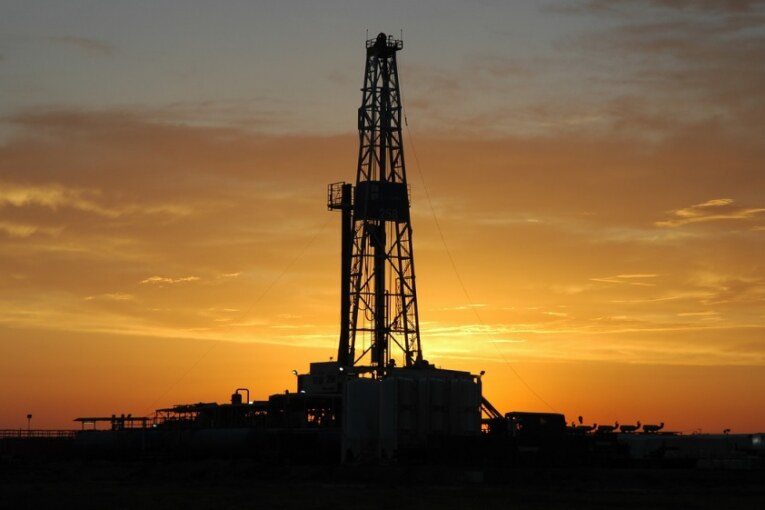
NEW YORK (Reuters) – Oil prices rose on Friday on concern that U.S. sanctions against Iran would remove a substantial volume of crude oil from world markets at a time of rising global demand.
“Now everyone is focused on the issue of spare capacity and the future,” said Tamar Essner, Nasdaq’s lead energy analyst. The market’s attention has shifted to a spate of disruptions after weeks of focus on supply coming online from OPEC and other major producers, she said.
U.S. crude rose 62 cents a barrel to $74.08 by 1:22 p.m. EDT, on track for a weekly rise of 8.2 percent. The session high of $74.43 was the highest since Nov. 26, 2014.
Benchmark Brent crude was up $1.54 at $79.39 a barrel after jumping as much as $1.85 to session high of $79.70. Brent was on track for a 5 percent weekly rise.
“All the potential shortfalls could outstrip the production increase agreed to by OPEC and Russia,” said Dominick Chirichella, Director of Risk Management at EMI DTN, noting the risk that supplies from Iran could be cut further if other countries follow the U.S. lead and cut imports from that country, the fifth-largest oil producer in the world.
Iran pumps about 4.7 million barrels per day (bpd), or almost 5 percent of total output, much of it to China and other energy-hungry nations such as India.
The U.S. government hopes other big producers in the Organization of the Petroleum Exporting Countries and Russia will boost production to compensate for lost Iranian crude. But unplanned disruptions in Canada, Libya and Venezuela have made the world crude market tight, and many analysts and investors think strict enforcement of U.S. sanctions will push up prices.
“It is becoming increasingly clear that Saudi Arabia and Russia will struggle to compensate for potential losses in oil production from the likes of Venezuela, Iran and Libya,” said Abhishek Kumar, analyst at Interfax Energy in London.
“Triple-digit oil prices are not off the table,” Vienna-based consultancy JBC Energy said.
A Reuters survey of 35 economists and analysts forecast Brent would average $72.58 a barrel in 2018, 90 cents higher than the $71.68 forecast in last month’s poll and up from the $71.15 average so far this year.
In North America, an outage at Canada’s Syncrude has locked in more than 300,000 bpd of production, and operator Suncor Energy (SU.TO) said it will probably last at least through July.
U.S. oil output has remained near record levels, but the rig count, an indicator of future production, fell by four rigs in the latest week to 858, according to Baker Hughes.
U.S. crude production slipped 2,000 barrels per day (bpd) to 10.467 million bpd in April from the highest on record in March, the Energy Information Administration (EIA) said.
Outside North America, record demand and voluntary supply cuts led by OPEC have pushed up prices.
Major buyers of Iranian oil, including Japan, India and South Korea, have indicated they may stop importing Iranian crude if U.S. sanctions are imposed.
Until then, they are buying as much Iranian oil as possible. Imports of Iranian crude oil by major buyers in Asia rose in May to the highest in eight months.
You can read more of the news on source



